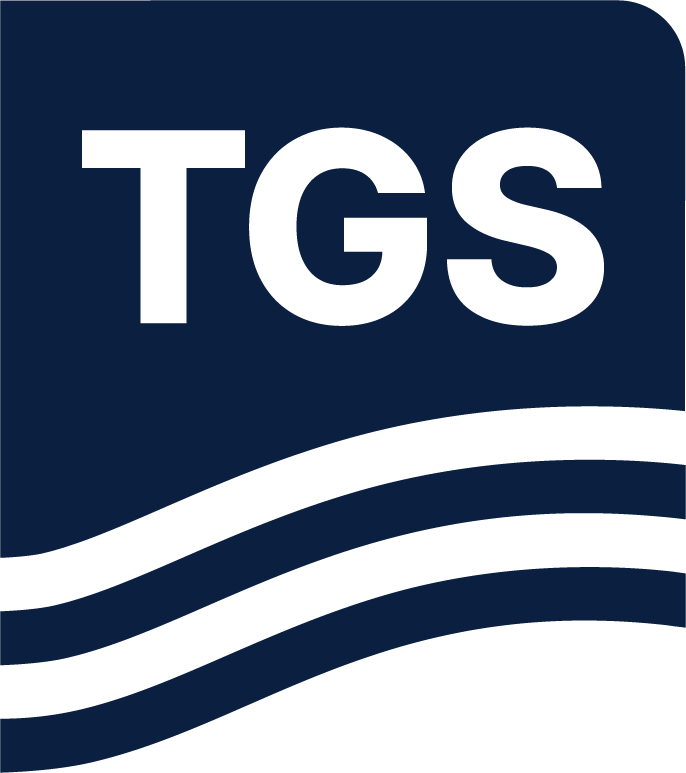The Usan field, located offshore Nigeria, has a well established history of deriving significant value from 4D seismic analysis. The recent 2023 Monitor (M3) survey was processed alongside the baseline survey (M1) through a carefully structured, two-phase workflow.
Phase 1 focused on improving 3D data quality, leveraging historic processing flows (Agnisola et al., 2019) while integrating lessons learned from previous projects. Key advancements in this phase included shot-by-shot debubble, 3D sparse Tau-P inversion for precise deghosting, curveletbased multiple subtraction, 4D regularization, and detailed velocity model building. While primarily 3D-focused, Phase 1 incorporated QC checks of 4D attributes to ensure
alignment with future processing goals.
In Phase 2, the workflow transitioned to true 4D processing, implementing advanced techniques such as multi-realization binning, 4D water column correction (WCC), 4D debubble, 4D demultiple and 4D co-denoise. These comprehensive steps resulted in significant improvements in data repeatability and signal fidelity, ensuring that the processed data met the stringent requirements of 4D seismic analysis.
By integrating these advanced methodologies across both phases, the project successfully delivered high-quality 4D seismic data, providing crucial insights for effective reservoir management.

